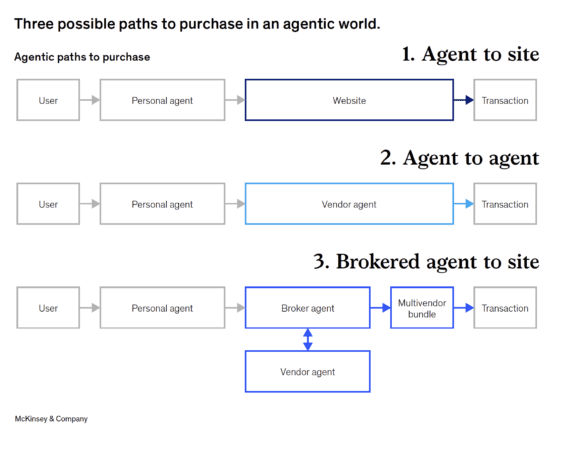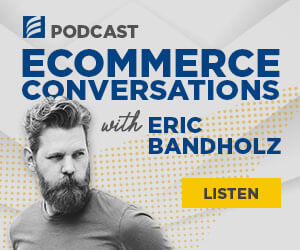It is official. The humble web browser is now an AI agent, too, and it will almost certainly impact ecommerce.
When it announced a new browser, Atlas, on October 21, OpenAI confirmed the latest trend in artificial intelligence. AI companies are building models directly into the primary internet experience. These AI browsers summarize pages, compare options, and complete tasks without leaving a tab. They produce, in a sense, a new kind of zero-click.

AI browsers such as Atlas summarize pages, compare options, and complete tasks without leaving a tab.
Agentic Browsing
ChatGPT Atlas is not the first. Perplexity’s Comet, The Browser Company’s Dia, and Sigma are part of the same emerging class of AI-assisted — or perhaps AI-first — browsers, designed to transform the internet from a landscape of links into a unified workspace.
Incumbent browser makers are not to be left out. Google Chrome, Opera Neon, Brave, and Edge Copilot all offer various blends of AI and browsing.
Together, these agentic browsers signal a redefinition of how people move from search to purchase. Instead of typing a query, clicking results, and hopping from one merchant to another, users could stay inside the viewport as their browser does the work.
To be sure, this change is part of the emerging agentic commerce industry. OpenAI’s release makes these changes seem much more imminent.
Then and Soon to Be
For nearly 30 years, the online buying journey has followed the same path and pattern, a combination of impression, click, browse, product page, cart, checkout.
Every stage of that journey generated a data signal and an opportunity for advertisers and marketers to target a keyword, insert a bid, or buy a sponsored listing. Search engine optimization, retargeting, and affiliate links fed the sequence.
Some of these steps are fundamental — or at least we think they are. Other patterns will change.
3 Models
A just-released McKinsey & Company report, “The agentic commerce opportunity,” described three possible shopping flows.
- Agent to site, where the AI agent sends shoppers directly to the merchant. This pattern is the most familiar.
- Agent to agent. Here, a personal AI agent or AI browser helps a shopper find products before passing that customer to a dedicated vendor agent to complete the transaction.
- Brokered, a more complicated form of the agent-to-agent model, wherein a broker agent and one or more vendor agents interact. Don’t be surprised if this model turns into an advertising or revenue-sharing engine.
Each model described in the McKinsey report removes one or more human clicks from the journey.

Three models from McKinsey & Company demonstrate how AI agents might connect buyers to sellers. Click image to enlarge.
The scale could be immense. McKinsey estimated that agent-mediated shopping revenue in five years could reach $1 trillion in the United States and $5 trillion worldwide.
Plus, about half of consumers already use AI in search, and 44% say that AI has become their preferred method of finding information, according to McKinsey.
Concerns
Sellers should take notice anytime a new, disruptive technology, such as agentic browsers, changes shopping behavior.
It is vital to understand how sales work if shoppers never visit a product page. Or how will funnels be measured? How will affiliates or ad platforms function? How is shopper loyalty impacted?
An AI browser with a built-in assistant could compress and obscure the buyer’s journey. Retailers might experience sharp declines in web traffic even as overall sales remain stable or rise.
All of these questions are valid and important. In fact, the degree to which a business considers and plans for this change could be related to its ability to thrive.
Opportunity
A browser that acts on behalf of the customer can become a powerful distribution channel for ecommerce sellers.
Agentic commerce and AI-assisted browsers could become potent sources of first-party data. And that could lead to new levels of personalization and, yes, ad targeting akin to McKinsey’s “brokered” model above.
Agentic commerce and browsers should also make shopping easier for consumers. For example, an automated checkout process might all but eliminate the need to type credit card numbers or a shipping address.
Intelligent comparisons might drive more qualified sales, rewarding merchants who compete on quality instead of keyword spend. The same data infrastructure that powers agents can improve fulfillment, pricing, and customer service.
Relatively small brands that structure product data well or that have positive product reviews might appear alongside giants, their offers surfaced by relevance rather than ad budgets.
Ecommerce merchants should not fear the agent but prepare for it. The browser may soon do more than display content. It could recommend items and consummate their purchase.




